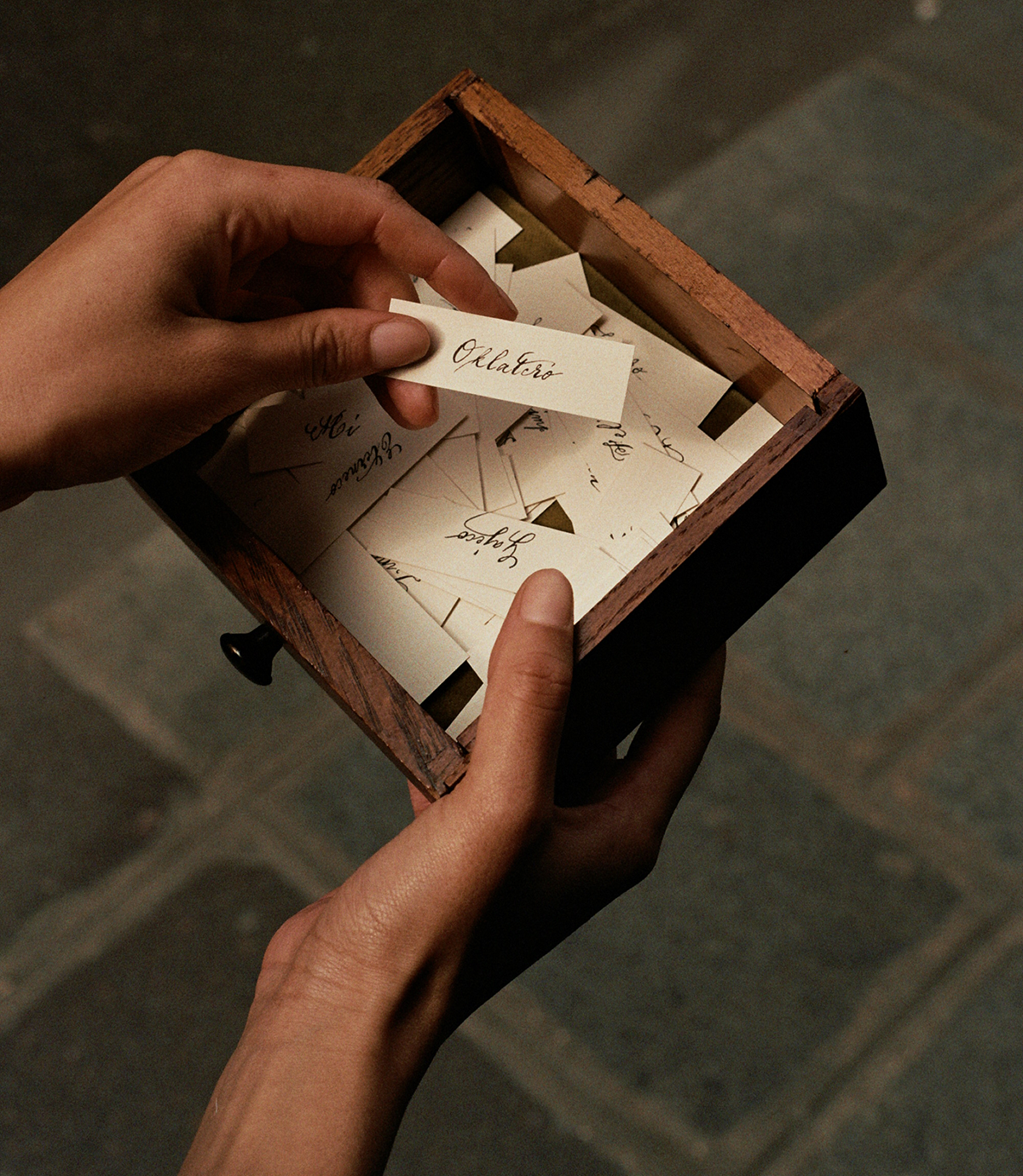
06. ESPERANTO: THE DREAM OF A UNIVERSAL LANGUAGE
At daŭre, every piece of jewellery carries a name in Esperanto. That’s no coincidence. This language, invented over a century ago, continues to inspire us through its originality, its simplicity, and its bold ambition: to create a universal connection through words. Much more poetic than any IKEA label, Esperanto is the story of a dream a world where language doesn’t divide, but brings people together.
THE BIRTH OF A LANGUAGE FOR ALL
Esperanto was the radical idea of a young Polish ophthalmologist, Ludwik Zamenhof, at the end of the 19th century. In his hometown of Białystok, in the former Russian Empire, tensions between Poles, Jews, Russians and Germans were constant.
Zamenhof was convinced: many conflicts stemmed from linguistic misunderstanding. So he set out to create a language from scratch, simple, neutral, and designed to connect people.
He drew from the most widely spoken European languages: Latin and Greek for structure, French, Italian and Spanish for fluidity, German and English for clarity, and Russian and Polish for softness.
“The inner idea of Esperanto is: on the basis of a neutral language, to remove the walls between peoples and to get people used to seeing in their fellow human beings only a person and a brother.” — L.L. Zamenhof, 1912
With only 16 grammar rules and a modular vocabulary, Esperanto was built to be learned in just a few months. A tool for peace, accessible to everyone.
In 1887, Zamenhof published his project under the pseudonym “Doktoro Esperanto” — “the doctor who hopes.” The name stuck. Esperanto means “one who hopes.” A word that carries a utopian promise.
A LIVING GLOBAL COMMUNITY
Esperanto quickly gained international traction. First in Russia and Eastern Europe, then in Western Europe, America, Japan and China. In 1905, the first World Esperanto Congress brought together participants from 20 countries in Boulogne-sur-Mer, France.
Over the decades, the language grew into a culture of its own: literature, music, theatre, journalism, translation… Esperanto withstood censorship, survived two world wars, and outlived dictatorships. Today, it’s still actively spoken on all five continents. It’s estimated that between 100,000 and 2 million people speak it including some children who grow up with Esperanto as a family language.
Although it has no official status in any country, Esperanto is recognised by UNESCO and supported by global organisations such as the Universal Esperanto Association.
And in recent years, it’s been making a digital comeback particularly on Duolingo, where over a million people have started learning it. Esperanto proves that utopias can still find their place in a hyperconnected world.
WHY IT SPEAKS TO US
In Esperanto, the word daŭre means “always”, “continuously”. It comes from daŭri, which means “to last”. A simple, powerful word. One that felt entirely right for our jewellery house.
At daŭre, we design pieces made to last. Not only physically, thanks to 18k recycled gold and lab-grown diamonds but emotionally too. Because a piece of jewellery can become a talisman, a memory, a trace. It’s passed on, it connects generations, it tells a story.
And since our name comes from this universal, poetic language, it was only natural that every piece should carry a word in Esperanto. It’s our way of rooting our vision in something joyful, thoughtful and let’s be honest, much more charming than a product code.

A POETIC UTOPIA
Have you worn our bestselling Felico earrings yet ?
The name means “joy”. Or the Eterneco wedding bands — meaning “eternity” ?
Have you discovered Frenezo, our pieces that celebrate “mad love” ?
Each jewel is a nod to this living utopia. Because what Esperanto teaches us is that a dream can endure even if it never becomes universal. And that a piece of jewellery, like a language, can connect people in its own, quiet way.
At daŭre, we believe in beauty that transcends time.
June 16, 2025











